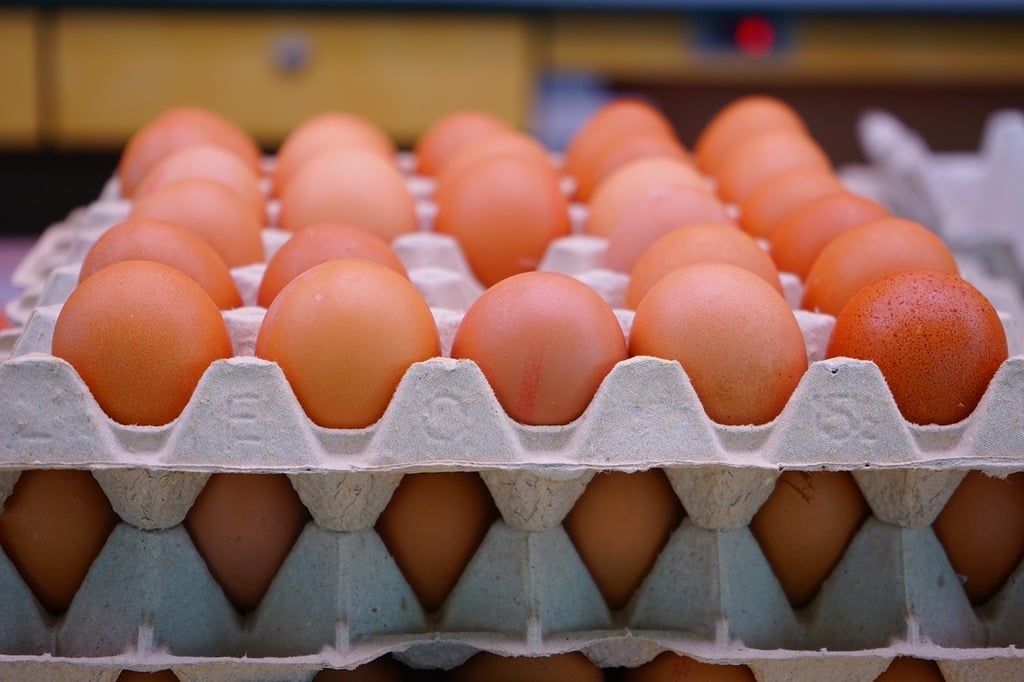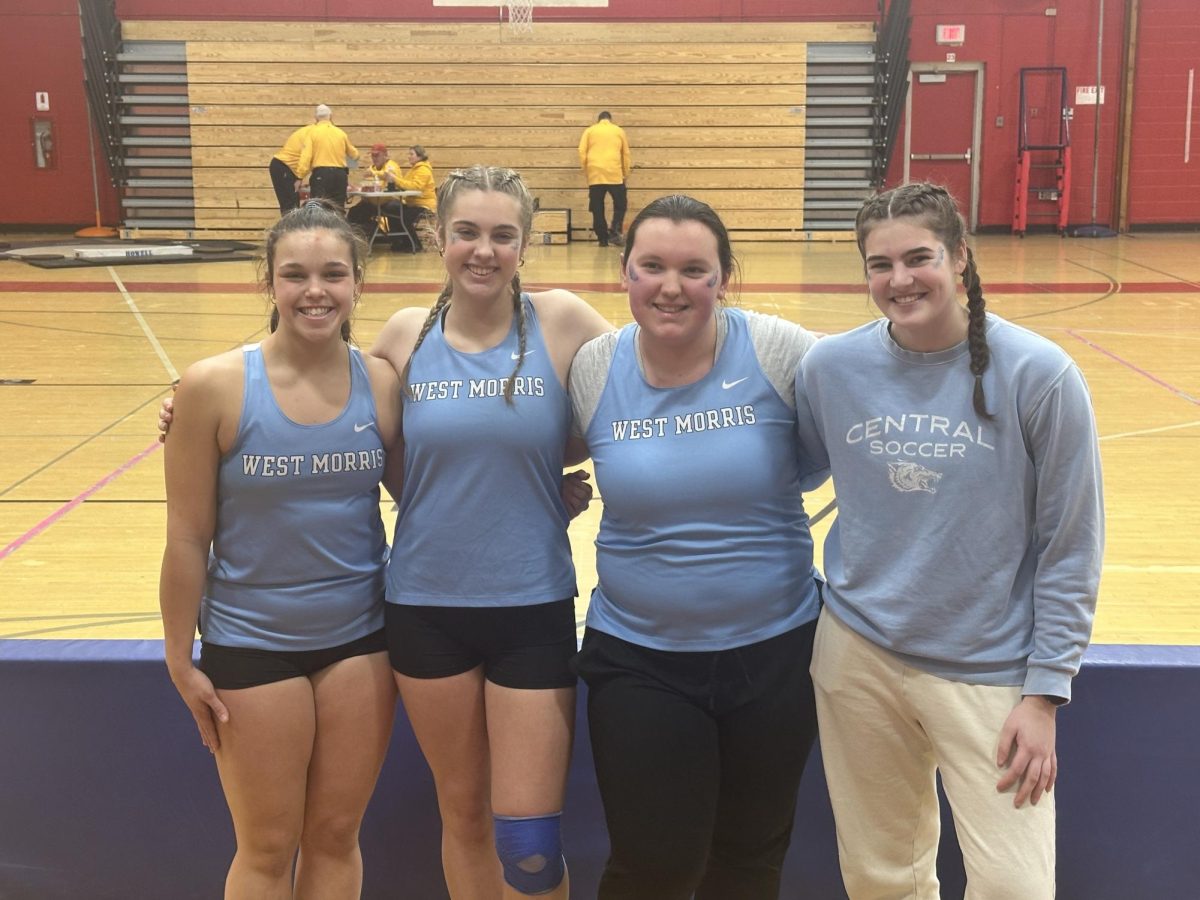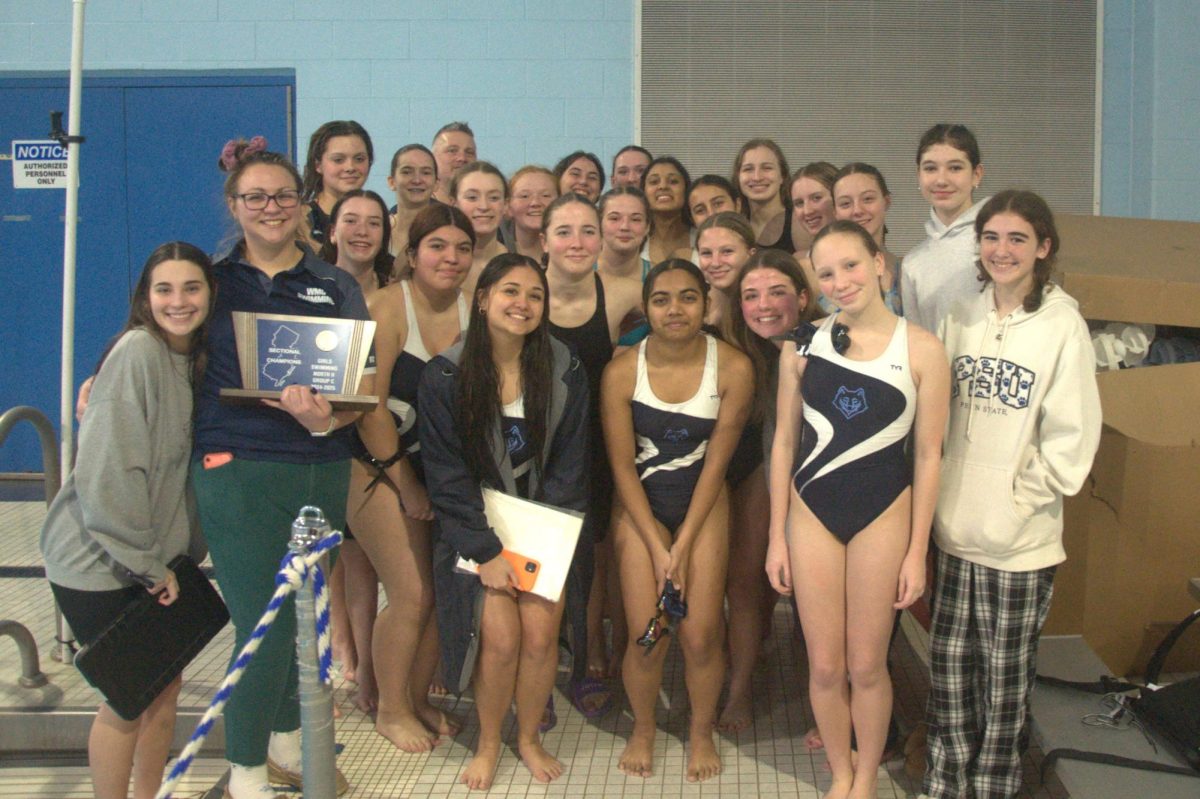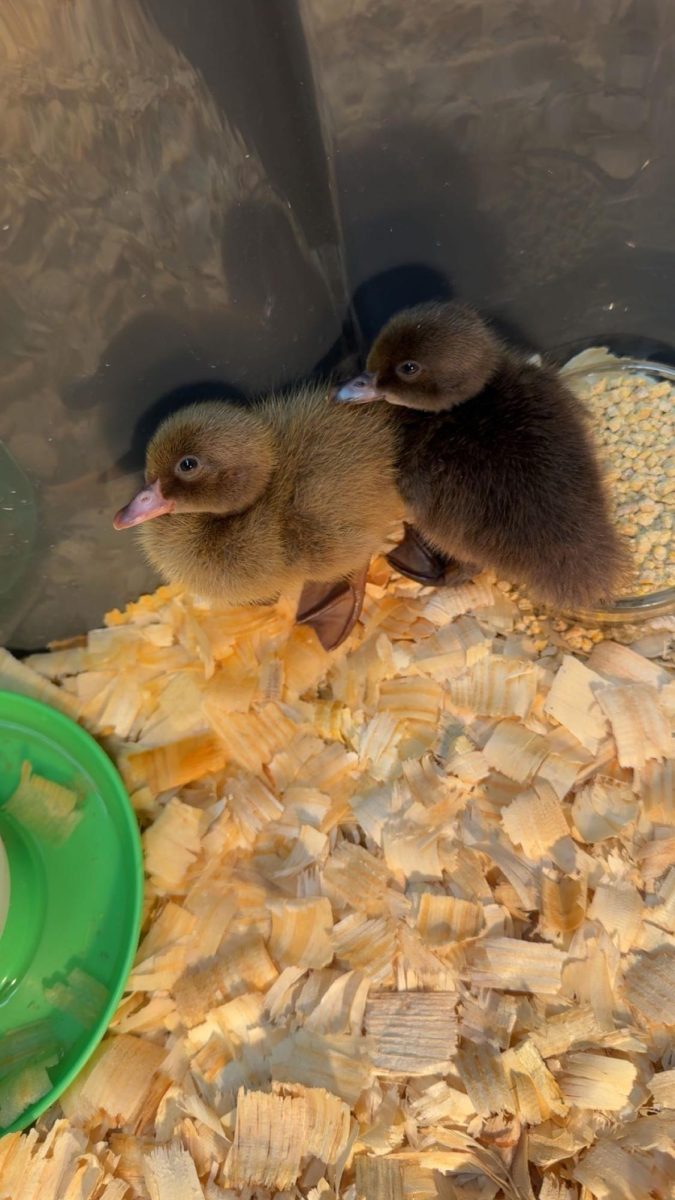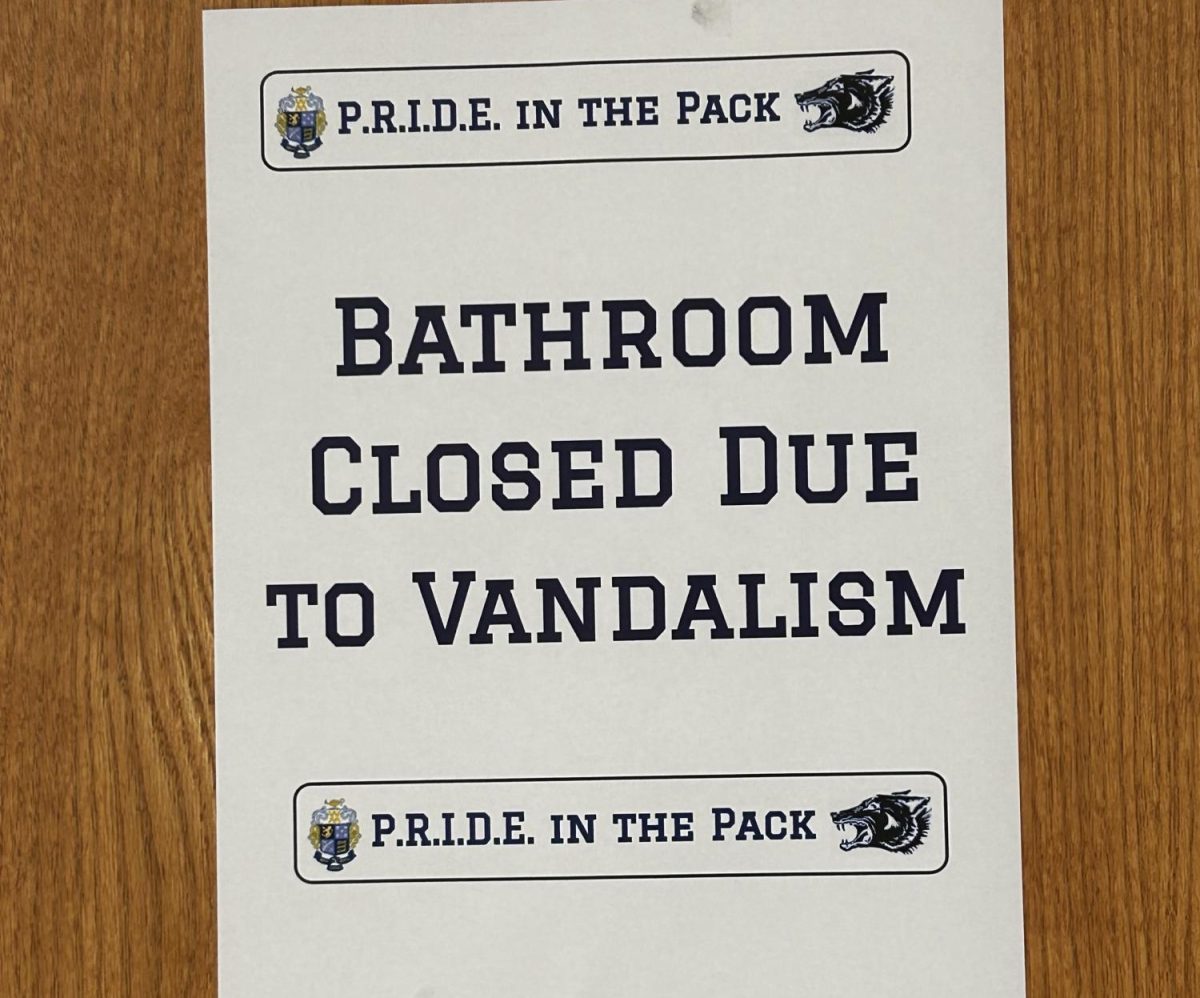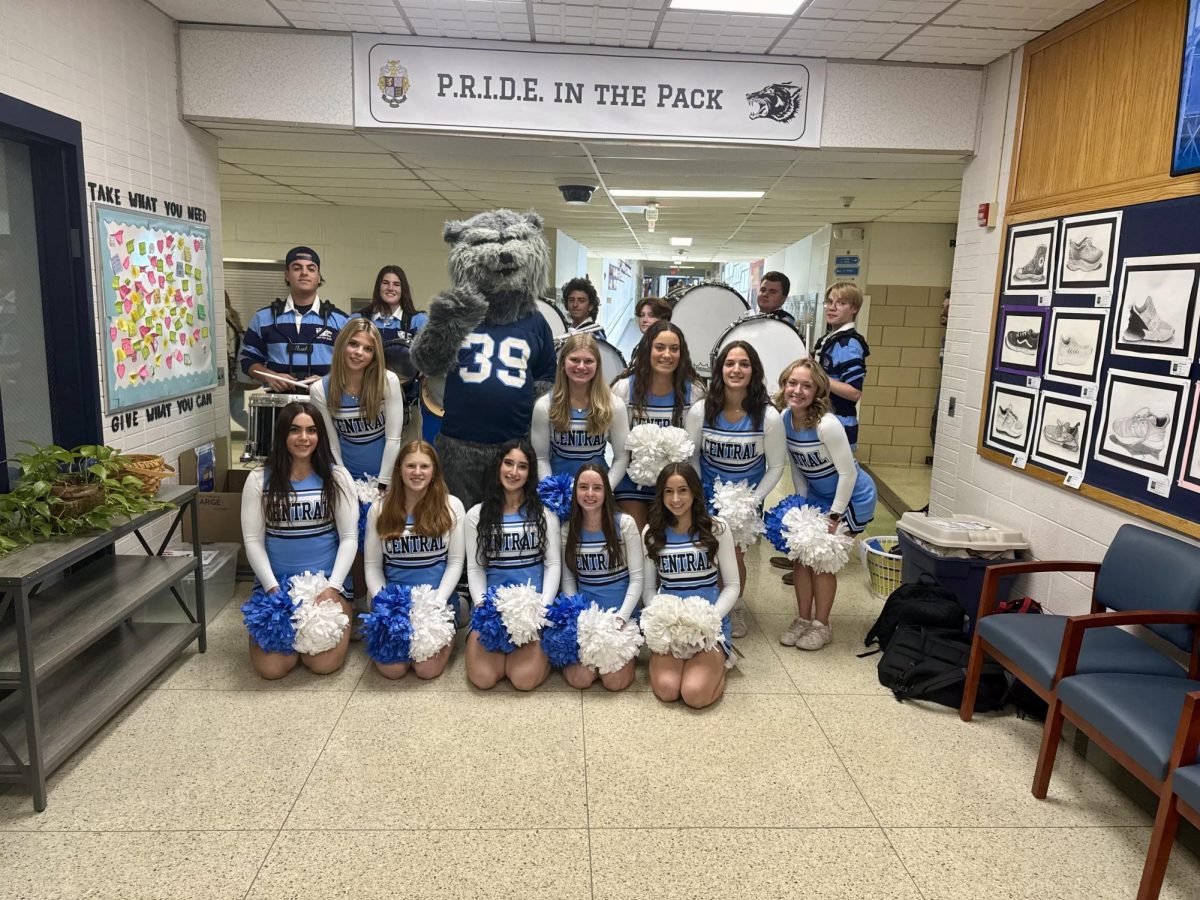Every year, the Robotics Teams at West Morris Central High School compete in the Vex Robotics Competition, a worldwide contest where teams build robots to play a point-based game. Last year’s game was called “Over Under”, and it involved scoring acorn-like triballs into designated goals. This year, as is typical, the organization completely redesigned the contest. But the game objective is not the only factor that changed for this season: the WMC teams themselves have also undergone some alterations.
Last year, WMC had two Robotics teams participating in the competition. But according to Mr. Maier, one of the advisors for Robotics, this is no longer the case.
“We have four teams now, we’ve grown a lot. We have Team Ingenuity…Team Perseverance…We have students from Mendham coming over now, so the Mendham team is called Team Sojourner and then we have a team of mainly freshmen here from Central, called Team Opportunity…We’ve, like, doubled in size. There’s been a lot more interest, I think partly due to the success from last year.” In the previous season, both WMC teams managed to get into the Vex World Championships for the first time in years, and flew out to Texas to compete. Now, the four teams are working hard to design robots to play this year’s brand new game which the Vex Robotics Organization calls “High Stakes”.
“The main game object is…these donut-shaped rings, and you put them on these goals which are basically just stakes…that are sticking up. There are some that are called mobile goals, which are on these little platforms which your robot can actually latch onto, pick up, and then put…the rings on. And then, there are some on the wall that you can score in as well.” Mr. Maier says. He additionally mentions an extra task that the robots may perform, which is separate from the main game. According to Vex Robotics, this task requires robots to climb a three-rung ladder at the end of the main game to earn extra points. The higher the robot climbs, the more points the team earns. Mr. Maier also goes over some of the common design patterns he notices in the teams’ robots as they try to acknowledge the different objectives of the competition. Usually, he says, the robots have an intake; the part of the robot that picks up the donuts. A conveyor belt is often used to drive the rings upwards towards a stake, and robots often have clamps that help them pick up mobile goals.
“Almost everyone has those basic components. But then, the way they actually implement them and accomplish them are very different. We have two of our teams who have a functioning bot. One team’s using an intake with rubber bands, the other’s using flex wheels,” He says. These designs have certainly proven effective, as he notes that the teams have done well in their first scrimmages. One of the teams, Ingenuity, even won a scrimmage alongside a team from Millburn.
As the contest goes on, the teams continue to work on iterations of their robots, says Mr. Maier, and he is overall confident in the students’ ability to continue rising in the competition ranks.



